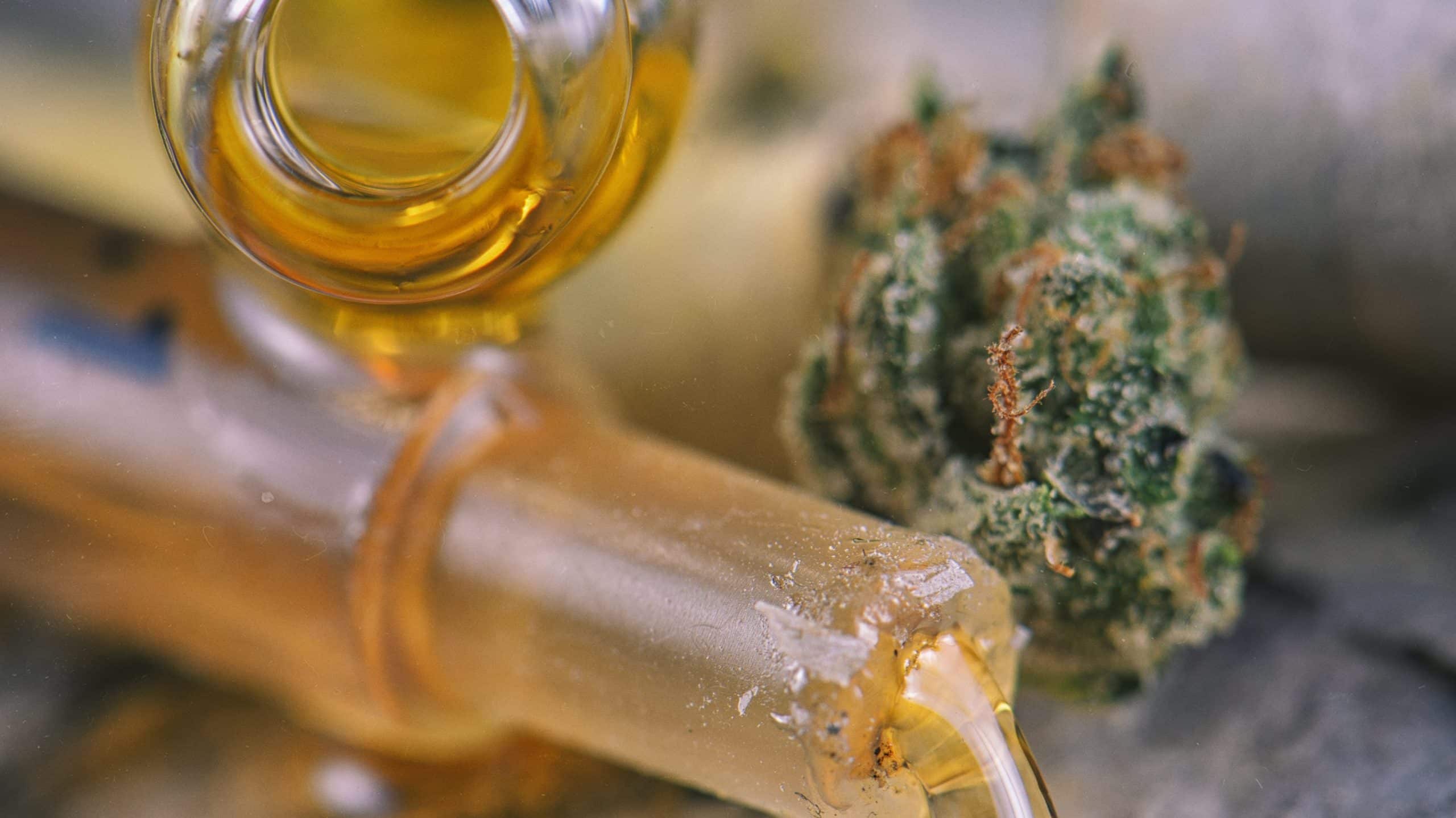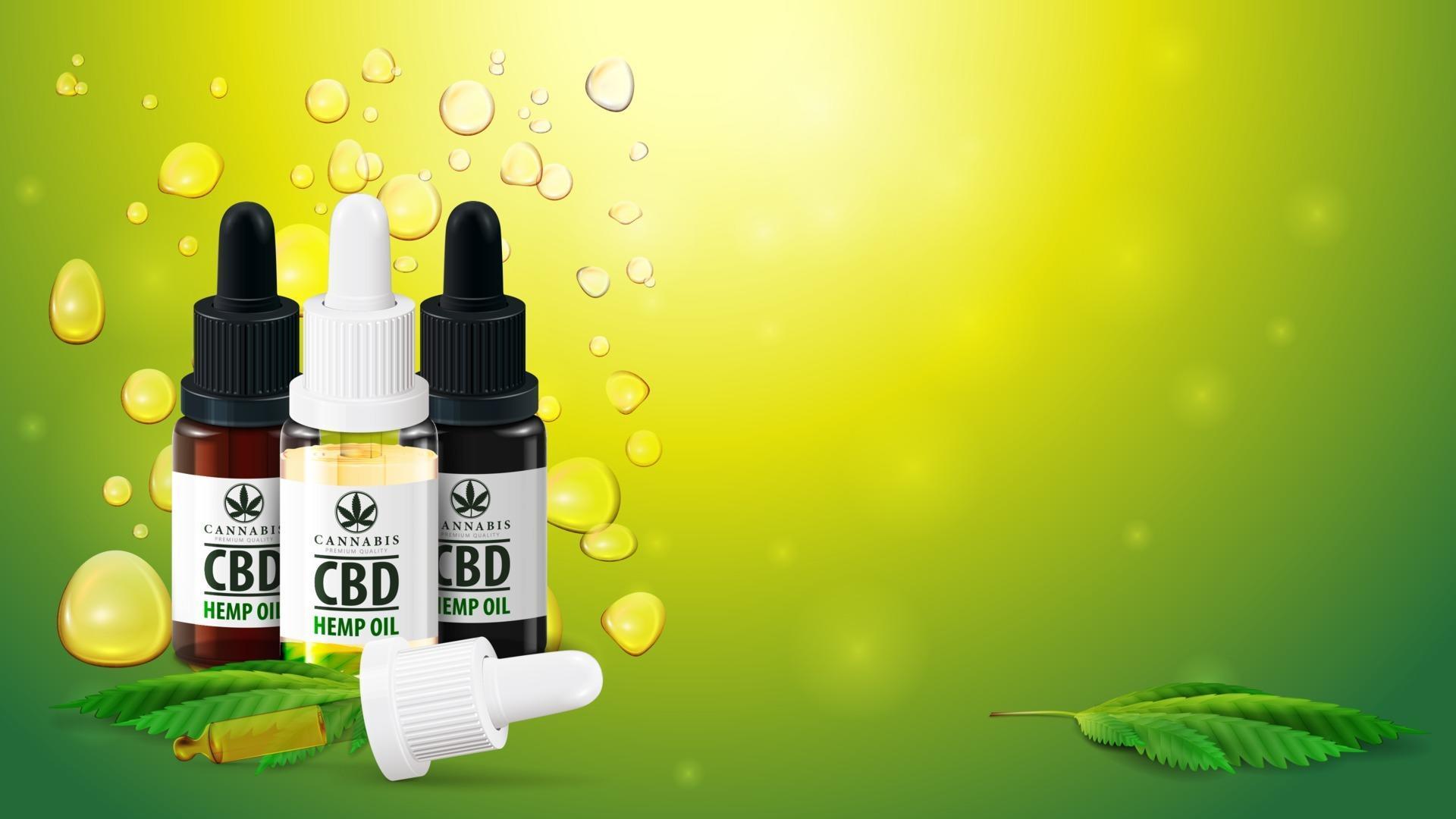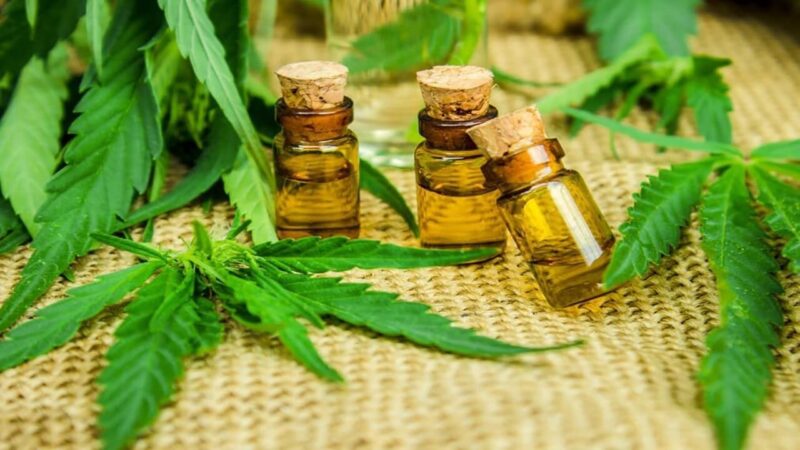The rapid growth of the CBD industry has led to a surge in the development of extraction technologies aimed at producing high-quality CBD products. These extraction methods play a critical role in determining the purity and potency of the final CBD product. The choice of extraction technology can significantly impact the overall quality of the CBD, making it essential for manufacturers to carefully select the most suitable method.
From solvent extraction to CO2 extraction, each technology brings its own set of advantages and challenges that can influence the final products composition and efficacy. Understanding the impact of different extraction technologies on CBD purity and potency is crucial for ensuring consumers receive safe and effective products. In this article, we will explore how extraction methods affect the quality of CBD products and the factors that manufacturers need to consider when choosing an extraction technology.
Introduction to CBD Extraction Technology

CBD extraction technology is a critical process that plays a significant role in the purity and potency of CBD products. The method used to extract CBD from the hemp plant can impact the final products effectiveness and quality. Various extraction techniques, such as solvent extraction, CO2 extraction, and ethanol extraction, have different advantages and drawbacks.
The choice of extraction method can affect the overall purity of the CBD extract and its potency. Therefore, understanding the different extraction technologies available is essential for producing high-quality CBD products that meet consumer demand. In this article, we will explore the impact of extraction technology on CBD purity and potency, and discuss the importance of selecting the right method for extracting CBD.
Factors Affecting CBD Purity and Potency in Extraction Processes

The purity and potency of CBD extracted from cannabis plants depend on various factors within the extraction process. The type of technology used, such as CO2 extraction or ethanol extraction, can significantly impact the final product. Factors like temperature, pressure, and solvent choice also play a crucial role in determining the quality of the CBD extract.
Additionally, the quality of the starting material, the plant itself, and the expertise of the extraction technicians can influence the overall purity and potency of the final product. Ensuring the proper balance of these factors is essential in producing high-quality CBD extracts for use in various products.
Comparison of Different Extraction Technologies

When it comes to extracting CBD, there are various technologies available to achieve the desired purity and potency. The most common methods include solvent extraction, CO2 extraction, and steam distillation. Each of these techniques has its advantages and disadvantages. Solvent extraction is a cheaper option but may leave traces of the solvent in the final product.
On the other hand, CO2 extraction is a more expensive method but produces a high-quality extract with no residual solvents. Steam distillation, while gentle on the plant material, may result in lower yields compared to other extraction methods. Ultimately, the choice of extraction technology will depend on the desired purity and potency of the CBD product.
Conclusion
In conclusion, the impact of extraction technology on CBD purity and potency cannot be understated. The method used can greatly influence the quality of the final product, making a difference in its effectiveness for consumers.
By utilizing advanced techniques such as CO2 extraction or ethanol extraction, manufacturers can ensure a higher level of purity and potency in their CBD products. As consumers continue to seek out CBD products for their health and wellness benefits, it is crucial for companies to prioritize the use of the most effective extraction methods to deliver products that deliver consistent results. With proper extraction technology, CBD Health Relief can be maximized, providing users with the relief and support they seek.


